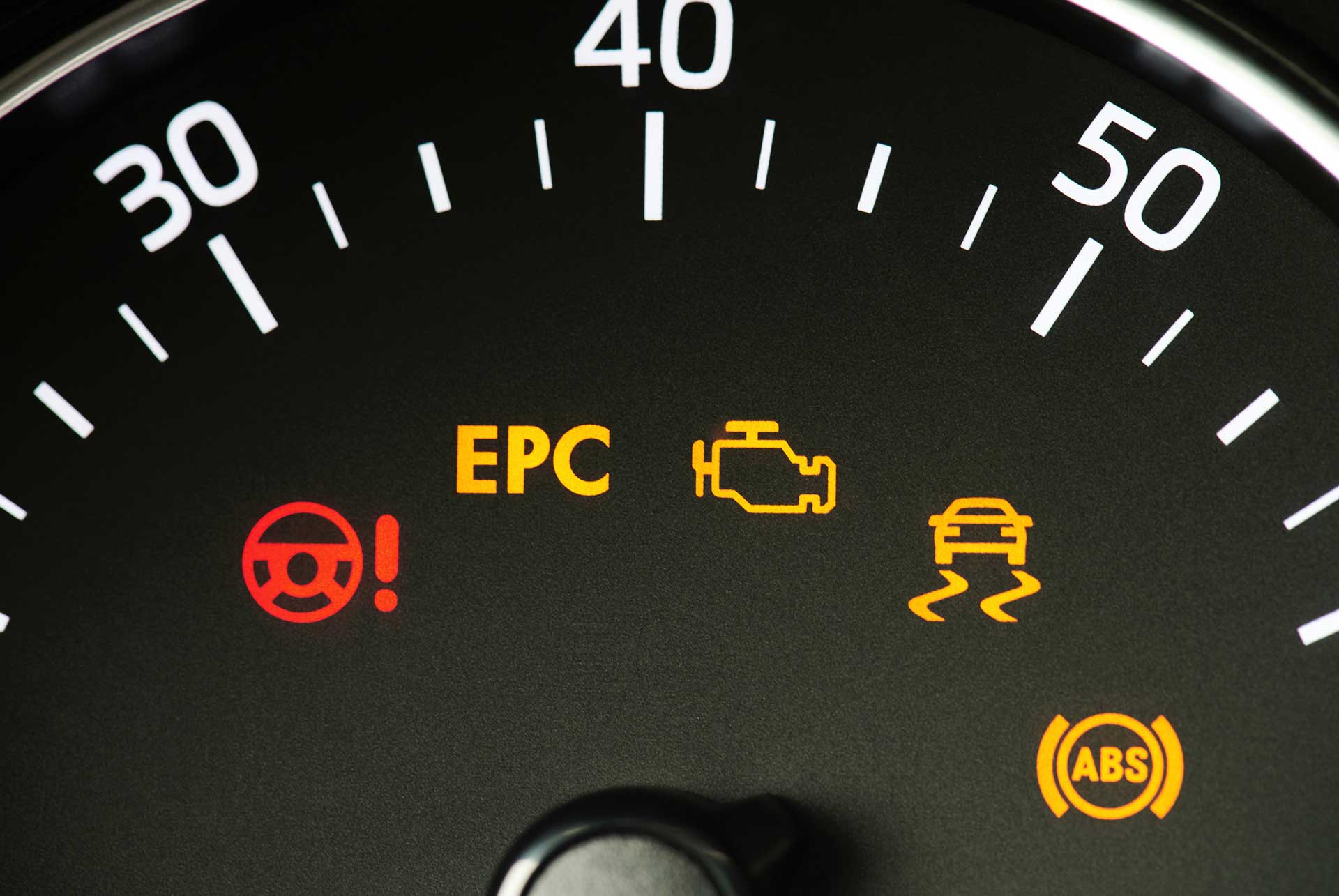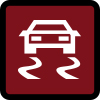
Understanding Your Car’s Dashboard Symbols
Think of a vehicle’s dashboard symbols as the car’s way of speaking with the driver. The dashboard conveys important information regarding the health of the car and its different components. If your catalytic converter isn’t working properly, or the car needs more gas, or if one of your doors is ajar, the dashboard alerts the driver. Understanding what the dashboard is trying to tell you is critical for maintaining your vehicle and, more importantly, for ensuring your safety and the safety of your passengers. The team at Parkville Auto Body wanted to share this guide with you so that the next time you see one of these symbols on your car’s dashboard you’ll know exactly what to do! Continue reading for a quick guide on common warning and safety dashboard lights and what they mean.
 Oil Pressure Warning
Oil Pressure Warning
This warning light signals that your engine is running low on oil or that the vehicle’s oil pressure system is malfunctioning. This is problematic because your engine needs oil to keep its internal components properly lubricated. You should address this issue quickly. We recommend taking the vehicle in for an oil change and inspection.
 Engine Temperature Warning
Engine Temperature Warning
This symbol indicates that your engine is too hot and may be overheating. Chances are your coolant is low (or leaking) or there’s a separate issue with the cooling system. Don’t wait to get this issue addressed – if you wait too long, you may experience an engine failure.
 Engine Warning
Engine Warning
This icon, commonly known as the Check Engine Light, can signal a variety of different issues. Some of the most common issues include failed oxygen sensors, a loose gas cap, or a malfunctioning catalytic converter. However, this icon can also signal more serious issues such as overheating or low oil pressure. We recommend pulling your vehicle over when this light goes on and calling a mechanic for further guidance. In some instances, the vehicle may need to be towed.
 Tire Pressure Warning
Tire Pressure Warning
This one’s pretty self-explanatory – when this symbol lights up, it means that one of your tires is either underinflated or overinflated. We recommend keeping a portable plug-in air compressor in your vehicle at all times. They’re inexpensive, reliable, and they plug right into your car’s charging port. They also have a tire pressure gauge built into them. If you don’t have a portable compressor, find the nearest gas station, check your air pressure, and inflate or deflate the problem tire(s) accordingly.
 Traction Control Light
Traction Control Light
When this light goes on, it means that your vehicle’s traction control system has been engaged. The traction control system is a safety feature that assists with keeping traction between the tires and the pavement when driving in rain, snow, or other slippery conditions.
 Battery Charge Warning
Battery Charge Warning
This symbol indicates that the vehicle’s charging system isn’t working properly and your battery is being depleted without being recharged. Common causes include a damaged alternator belt, or corroded battery cables and wiring.
 Fog Lamp Indicator
Fog Lamp Indicator
This icon indicates that your fog lights are on, which is fine – as long as there’s actually fog! You should only use your fog lights if your visibility is badly impaired (you’re unable to see more than 100 yards ahead of you). Leaving them on in normal conditions can temporarily impair other drivers’ eyesight, so be sure to turn them off if you accidentally activate them.
 Washer Fluid Indicator
Washer Fluid Indicator
This symbol means that your washer fluid is low. You should replenish it as soon as possible. Driving with low washer fluid can be dangerous in the event of decreased visibility due to mud, snow/sleet or other road materials.
If you have any questions about other dashboard icons we may have missed here or auto body repair in general, give us a call today at (630) 526-7117.